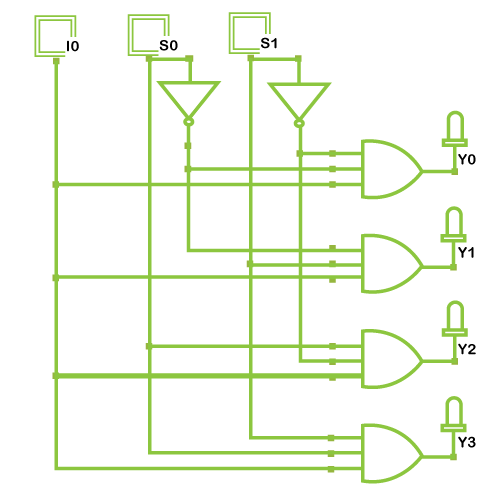

A byte, word, double word, etc.), the shift register must use a custom type defined by you. If you want to shift multiple bits at a time (e.g. A single-bit shift register can be implemented in VHDL using the std_logic_vector construct. The above illustration shows a single-bit wide shift register with a length of 8, but there is nothing special about those numbers.ĭepending on the implementation method (code or IP), any practical dimensions can be used. An illustration of a shift register is shown below, where data is entering the register chain at the least significant bit (LSB), or the right side of the picture.

In some designs, every register element can be accessed individually, while other implementations only allow access at specific locations. Shift Register Concepts A shift register is a series of connected registers (flip-flops) that are sequentially connected together so that a value at the input is passed from one register to the next on each clock cycle. Typical Uses For a Verilog shift register, see our with example code and Verilog specific tips.VHDL nbit - 8 bit serial to parallel shift register code test in circuit and test bench ISE Xilinx. Implements a simple parallel-serial converter- with load and shift left modes. source code file- with entity and architecture. Simpreg.vhd simpreg Simple 8 Bit Register 4. Illustrates a very simple VHDL source code file- with entity and architecture.


 0 kommentar(er)
0 kommentar(er)
